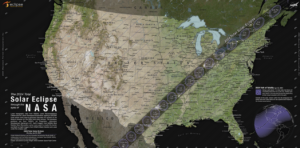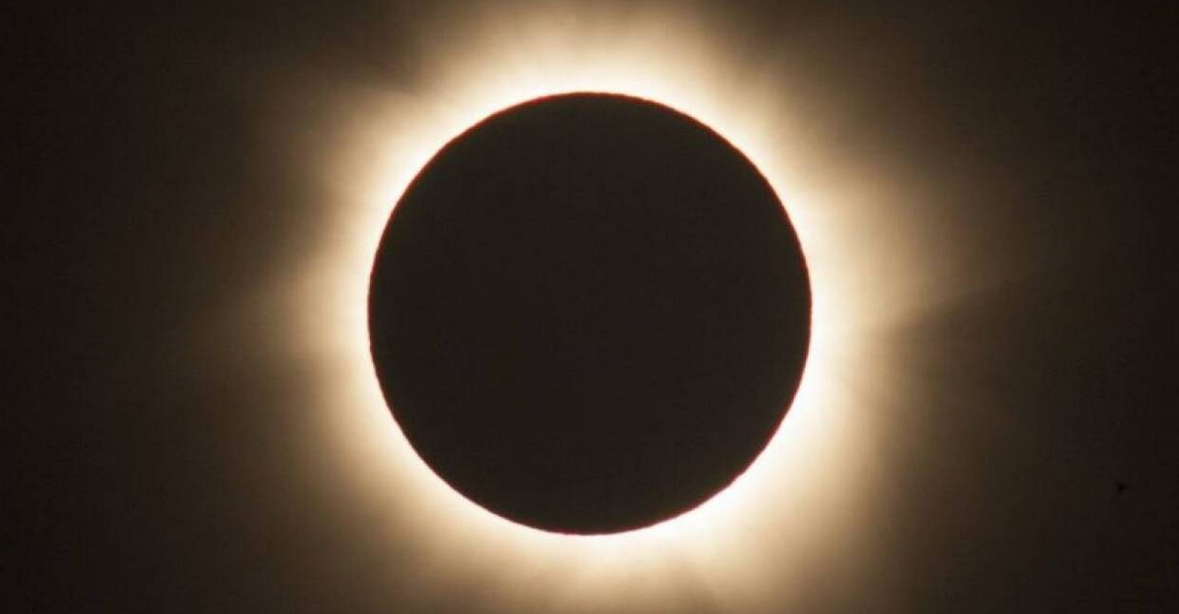According to NASA, approximately 31.5 million people live along the path of the eclipse, while over 300 million people overall will have the opportunity to experience at least a partial eclipse.
Closing Groups of professional and amateur astronomers, astrophotographers, and eclipse chasers from all over Greece are preparing to travel, some to the United States and others to Mexico, to observe and study the spectacular astronomical phenomenon.
Dr. Kostas Tziotziou, a researcher in Solar Physics from the National Observatory of Athens, and Dr. Fiori-Anastasia Metallinou, a Space Physicist from the Visitors’ Center of Thissio, will observe the eclipse from San Antonio, Texas, and Durango, Mexico, respectively.

Other Greek scientists who will study the eclipse from the American continent include:
Aristidis Voulgaris, eclipse chaser Adrianos Golemis, ESA physician Antonis Farmakopoulos, astrophotographer Thanasis Oikonomou, professor at the University of Chicago Cosmas Gazis, astrophysicist at the University of Athens, and many other astrophotographers and members of amateur astronomy clubs from all over Greece.
ENFIA with corrections and payment in up to 24 installments
>Related articles
NASA has scheduled live coverage of the eclipse today from 8 p.m. Greece time and for three hours from locations across the United States.
Live coverage will be provided on the website https://www.nasa.gov/nasatv/ with commentary and on the YouTube page https://www.youtube.com/watch?v=J5j95RUSLd8 with images only from telescopes.
It is noted that the next total solar eclipse is expected on August 12, 2026, and will be visible from Iceland, Portugal, Russia, and Spain.
Ask me anything
Explore related questions





